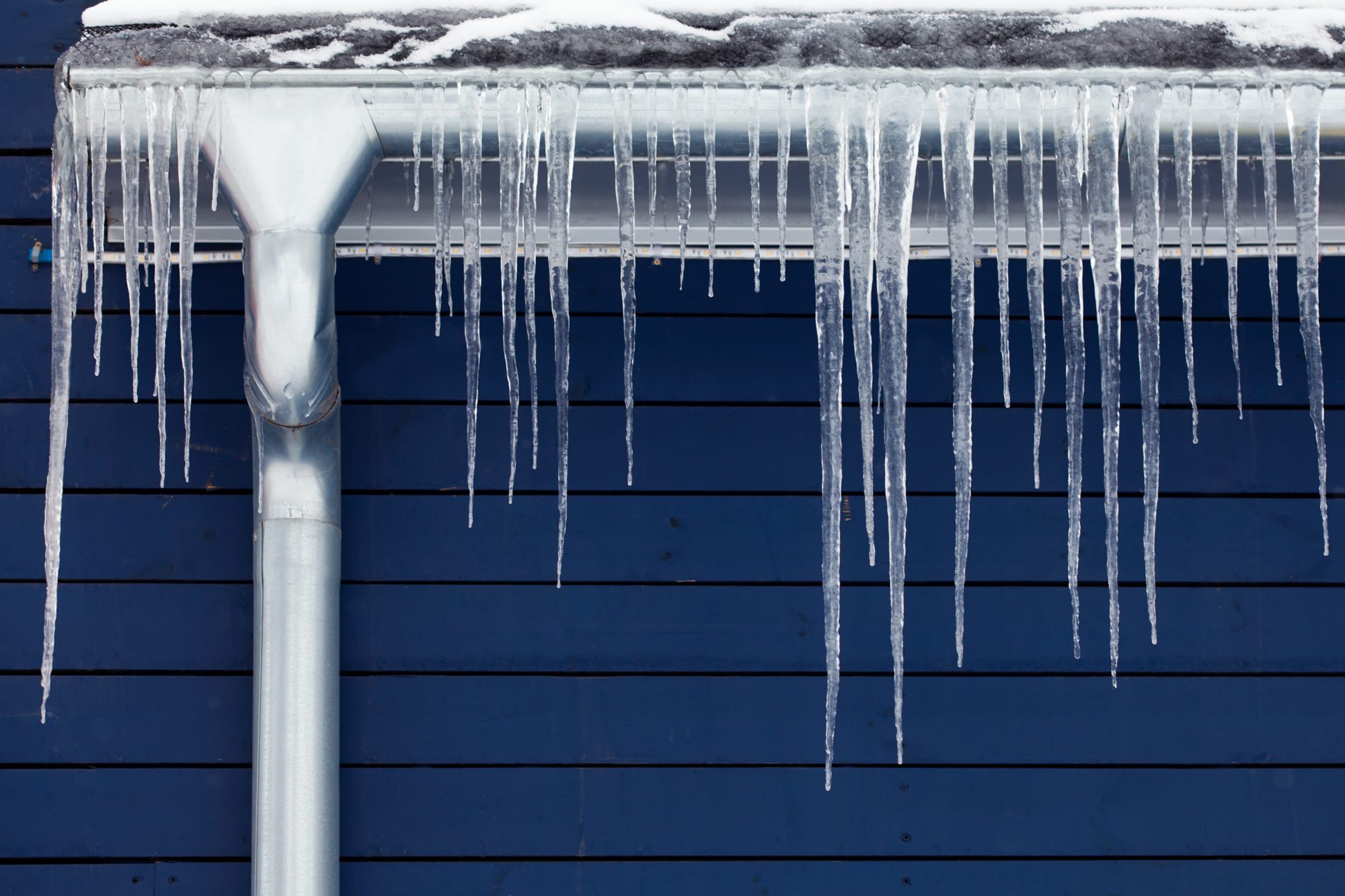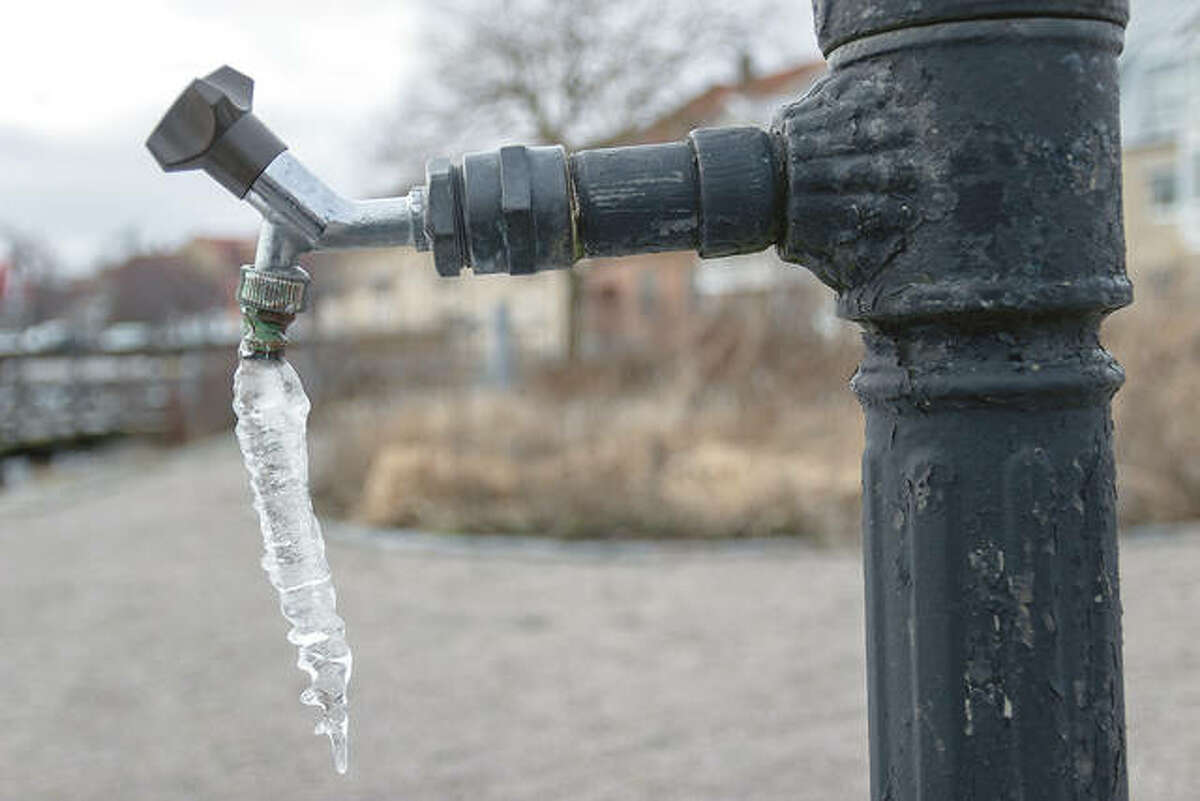In this article below yow will discover some good guidance pertaining to How to prepare your home plumbing for winter weather.

Winter can damage your pipes, specifically by freezing pipes. Below's exactly how to avoid it from happening and what to do if it does.
Intro
As temperature levels decline, the risk of icy pipes rises, possibly bring about pricey repair work and water damage. Recognizing how to stop icy pipes is important for house owners in chilly climates.
Prevention Tips
Insulating prone pipes
Wrap pipes in insulation sleeves or use warmth tape to shield them from freezing temperature levels. Concentrate on pipes in unheated or exterior areas of the home.
Heating techniques
Maintain indoor areas effectively heated up, especially locations with pipes. Open cabinet doors to allow cozy air to distribute around pipes under sinks.
Just how to determine icy pipes
Seek lowered water circulation from taps, unusual smells or noises from pipes, and visible frost on subjected pipelines.
Long-Term Solutions
Structural changes
Take into consideration rerouting pipelines far from outside walls or unheated locations. Include added insulation to attic rooms, cellars, and crawl spaces.
Updating insulation
Purchase high-quality insulation for pipes, attics, and wall surfaces. Correct insulation assists maintain constant temperature levels and decreases the risk of frozen pipes.
Safeguarding Outdoor Pipes
Yard tubes and exterior taps
Detach and drain garden tubes prior to winter season. Mount frost-proof faucets or cover exterior taps with protected caps.
Understanding Icy Pipelines
What triggers pipelines to ice up?
Pipelines ice up when revealed to temperatures listed below 32 ° F (0 ° C) for expanded periods. As water inside the pipelines freezes, it expands, taxing the pipe walls and possibly triggering them to rupture.
Risks and problems
Icy pipes can lead to water supply disturbances, property damage, and pricey repair work. Ruptured pipelines can flood homes and cause considerable structural damage.
Indications of Frozen Piping
Determining frozen pipelines early can stop them from breaking.
What to Do If Your Pipes Freeze
Immediate activities to take
If you presume frozen pipelines, maintain taps available to alleviate pressure as the ice melts. Utilize a hairdryer or towels soaked in hot water to thaw pipelines gradually.
Final thought
Avoiding icy pipes needs positive actions and quick actions. By understanding the causes, indications, and preventive measures, homeowners can secure their pipes during cold weather.
5 Ways to Prevent Frozen Pipes
Drain Outdoor Faucets and Disconnect Hoses
First, close the shut-off valve that controls the flow of water in the pipe to your outdoor faucet. Then, head outside to disconnect and drain your hose and open the outdoor faucet to allow the water to completely drain out of the line. Turn off the faucet when done. Finally, head back to the shut-off valve and drain the remaining water inside the pipe into a bucket or container. Additionally, if you have a home irrigation system, you should consider hiring an expert to clear the system of water each year.
Insulate Pipes
One of the best and most cost-effective methods for preventing frozen water pipes is to wrap your pipes with insulation. This is especially important for areas in your home that aren’t exposed to heat, such as an attic. We suggest using foam sleeves, which can typically be found at your local hardware store.
Keep Heat Running at 65
Your pipes are located inside your walls, and the temperature there is much colder than the rest of the house. To prevent your pipes from freezing, The Insurance Information Institute suggests that you keep your home heated to at least 65 degrees, even when traveling. You may want to invest in smart devices that can keep an eye on the temperature in your home while you’re away.
Leave Water Dripping
Moving water — even a small trickle — can prevent ice from forming inside your pipes. When freezing temps are imminent, start a drip of water from all faucets that serve exposed pipes. Leaving a few faucets running will also help relieve pressure inside the pipes and help prevent a rupture if the water inside freezes.
Open Cupboard Doors
Warm your kitchen and bathroom pipes by opening cupboards and vanities. You should also leave your interior doors ajar to help warm air circulate evenly throughout your home.

Do you appreciate reading about Winter Plumbing Precautions: Preventing Frozen Pipes? Try to leave a remark down below. We would be delighted to know your opinions about this entry. We are looking forward that you visit us again before long. If you please take a moment to share this article if you enjoyed it. Thank you so much for taking the time to read it.
Book Maintenance
Comments on “Protecting Your Pipes from Freezing Damage: Key Strategies”